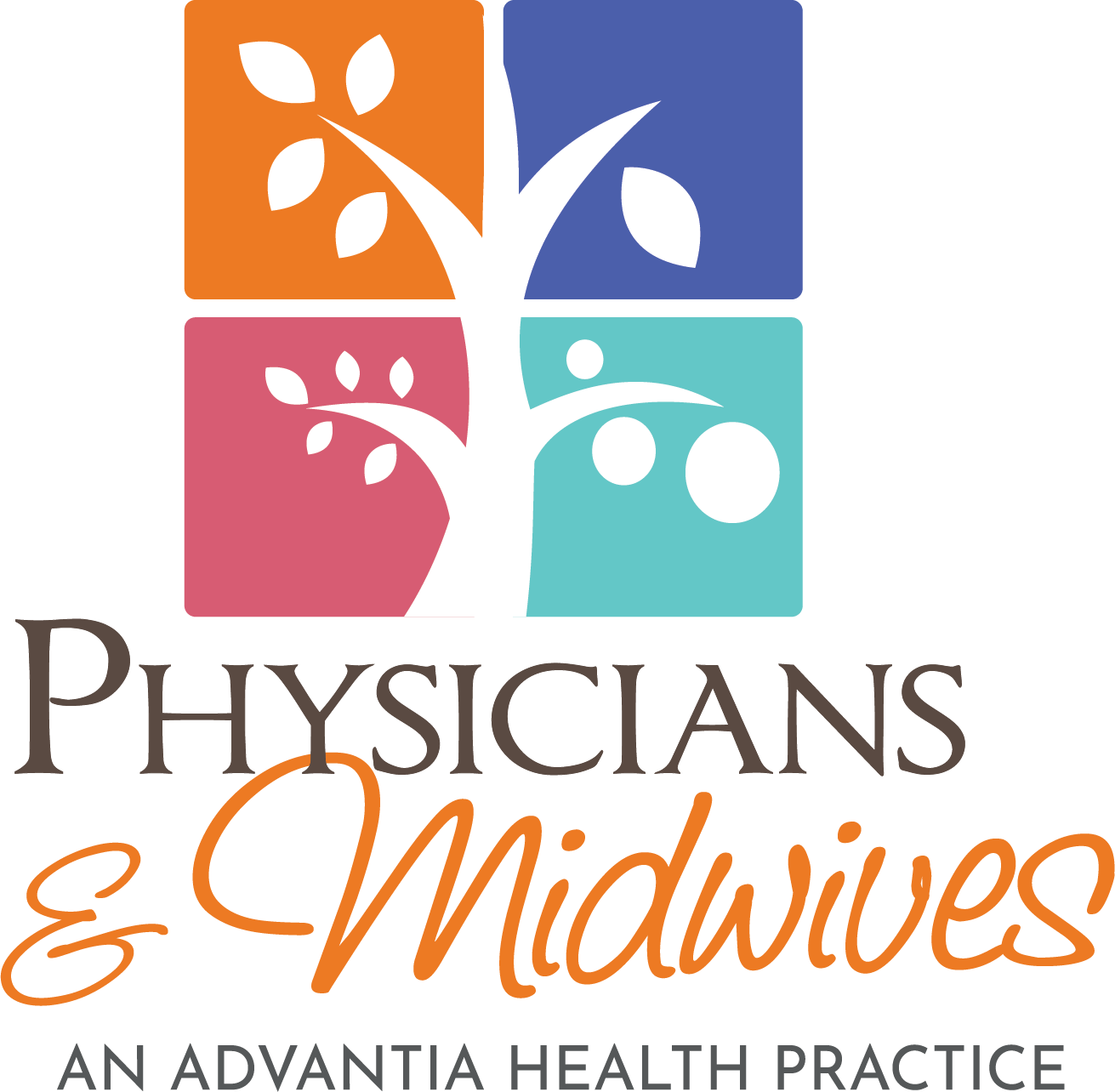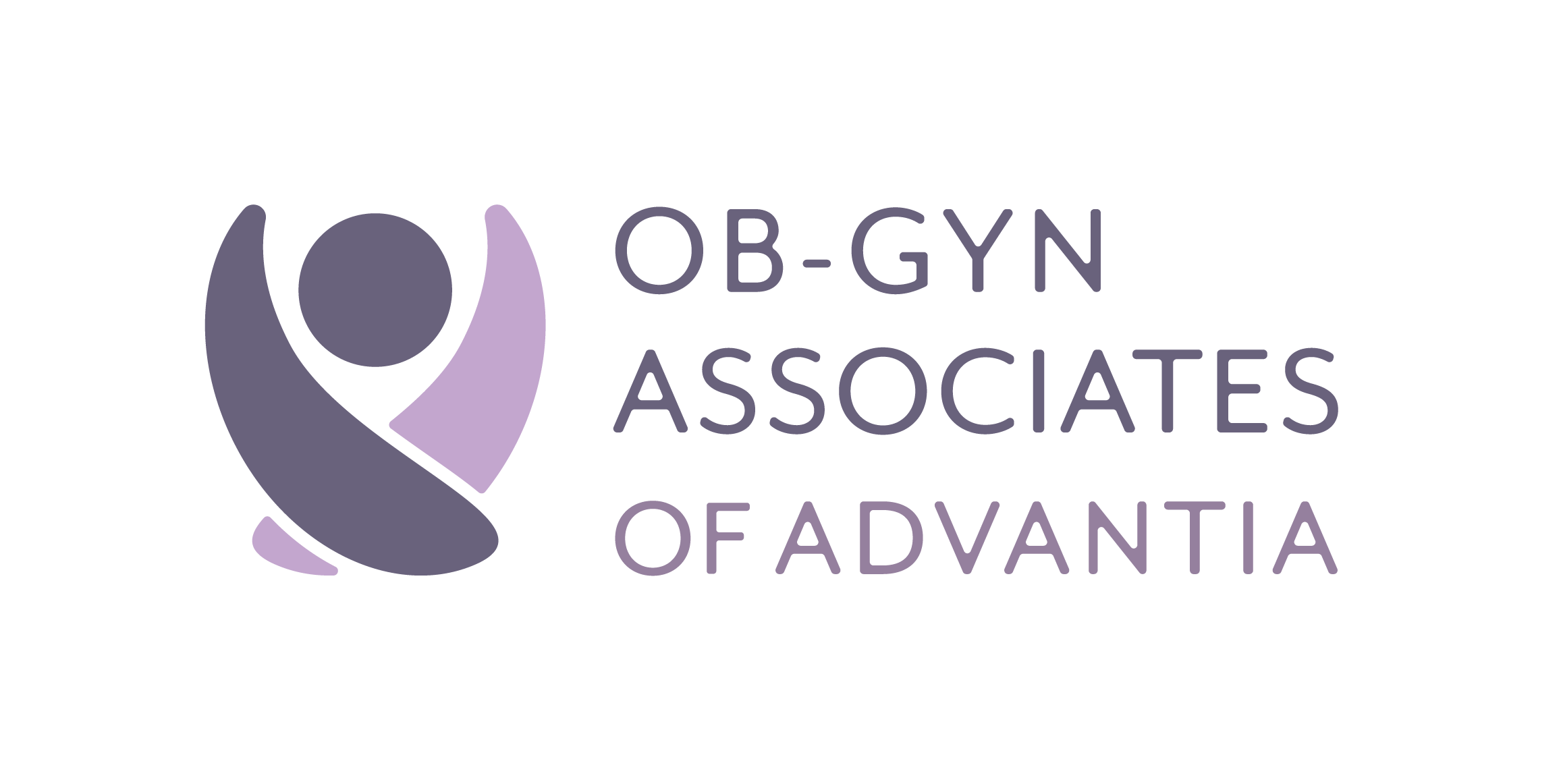
Published on: 2 November, 2016
Read Time: 7 min
Uterine fibroids are benign growths that develop in the uterus, commonly appearing in women during their reproductive years.
Despite the fact that 70-80% of women will develop fibroids by the age of 50, awareness and knowledge about them remain limited. This is primarily because most fibroids are asymptomatic and often go undetected.
However, in certain cases, fibroids can lead to significant medical issues, potentially affecting pregnancy and reproductive health.
What are Fibroids?
Fibroids are sometimes called uterine myomas, fibromyomas, or leiomyomas. They vary in size and shape and can be as small as a pea or as big as a melon. When fibroids become large, they can develop into a bulky mass that can distort the entire shape of the uterus and start to affect its function.
Because fibroids can grow in different parts of the uterus, they are often described according to their location. For example, intramural fibroids (which are the most common) grow within the wall of the uterus and are usually asymptomatic , while Submucosal fibroids are the least common but are also the most likely to cause symptoms .
Causes and Risk Factors
The exact causes of fibroids are not entirely known]. What we do know is that fibroids are sensitive to estrogen and progesterone (female hormones that are made in the ovaries). We know this because fibroids tend to increase in size when levels of these hormones are high – for example, during pregnancy and fibroids will shrink when levels are low – like just after menopause .
Although the causes of fibroids are not completely understood, the following factors may increase a woman’s chances of developing them :
- Family history – Women with a family history of fibroids are more likely to develop fibroids themselves. This means that if you have a mother or sister with fibroids, you have an increased risk of having them.
- Race – fibroids are more common in African-American women than women of other races or ethnicities. The reasons for this are unknown and not yet fully understood.
- Early menstrual history – Women whose period started at an early age (<10 years old) have an increased risk of developing fibroids
Symptoms
Up to half of women with fibroids have no symptoms. The fibroids that go on to cause symptoms usually do so because they are larger in size, located in a specific part of the uterus or are multiple in number. Some of the following are symptoms associated with the development of fibroids :
- Heavy or prolonged menstrual cycles
- Pelvic pressure or pain
- Painful periods
- Frequent urination or difficulty emptying the bladder
- Constipation
Women who have some or all of these symptoms, particularly if the symptoms have been ongoing for a long period of time, should speak to their gynecologist as soon as possible. The earlier the diagnosis of a fibroid is made the sooner symptoms can be addressed and treatment started.
Complications
Although fibroids are not dangerous, they can cause discomfort and may lead to complications such as anemia from heavy blood loss .
Fibroids and pregnancy
Most pregnant women with fibroids do not have any complications related to the fibroids themselves , but there is a slightly increased risk of developing obstetric complications such as miscarriage, premature labor, placental abruption, or postpartum hemorrhage .
Women that have been diagnosed with fibroids either before pregnancy (or during pregnancy) may undergo some additional monitoring by their doctor to help reduce the risk of problems or complications arising.
Diagnosis
Fibroids are usually diagnosed by a doctor during a pelvic exam. The diagnosis is then usually confirmed with imaging scans like an Ultrasound or MRI. Another diagnostic test that may be used is called a hysteroscopy. It is a procedure that allows the doctor to visualize the inside of the uterus and rule out any distortion or abnormality of the uterine lining.
Treatment
Once diagnosed, treatment of a fibroid usually depends on many factors, such as the severity of the symptoms, a woman’s age, and whether she is currently pregnant or planning to start a family soon. Doctors can use a wide range of treatments depending on each woman’s medical circumstances and personal preference.
Some of the more common treatments for fibroids include the following:
Observation
Also called ‘watchful waiting.’ This option is usually only appropriate for women with fibroids that are not causing any symptoms. Women whose symptoms are not too bad may choose this option, especially since menopause causes fibroids to shrink and its symptoms to ease or go away completely. Your doctor may recommend that you go for repeat scans to monitor the growth of the fibroid, and if symptoms become worse over time, women can always change their mind and consider more definitive treatments.
Medications
These may range from low dose birth control pill to manage bleeding to other medications used to help to shrink the size of the fibroids in preparation for surgery. Most of the medications are used target the body’s hormones (Estrogen and Progesterone) which themselves increase the size of a fibroid.
Non-invasive or minimally invasive treatments
The goal of these treatments is to maintain or preserve the uterus. Examples of minimally-invasive treatments include a procedure called Uterine artery embolization where the arteries that supply the fibroids are blocked which causes them to shrink.
A myomectomy is another option where the doctor attempts to remove the fibroids while leaving the uterus in place. These are just two procedures of a large number of different options that currently exist.
Traditional surgery
This includes procedures like a hysterectomy (removal of the uterus) or an abdominal myomectomy which may be used to treat patients with very large fibroids or those that are multiple in number. These surgeries are usually reserved for very specific cases or as a last resort.
All treatment options have their own risks and benefits and should always be discussed with your doctor in detail.
Prognosis
Fibroids generally are not cancerous, they rarely interfere with pregnancy and usually grow slowly — or not at all , however they are an extremely common medical condition that at times require treatment.
The prognosis of a fibroid is generally favorable as they can easily be managed or treated using a wide variety of different options.
References
1) National Institute of health. Uterine fibroids. US Department of Health & Human Services. Last updated March 2013
https://www.nichd.nih.gov/health/topics/uterine
2,7,8,9,10) Up-to-date. Epidemiology, clinical manifestations, diagnosis, and natural history of uterine leiomyomas (fibroids). Elizabeth A Stewart, MD. Last updated Apr 29, 2015.
https://www.uptodate.com/contents/epidemiology-clinical-manifestations-diagnosis-and-natural-history-of-uterine-leiomyomas-fibroids?source=search_result&search=fibroid&selectedTitle=2~150#H5291363
3,4,5) Sue, W., & Sarah, S.-B. (2009). Radiological appearances of uterine fibroids. The Indian Journal of Radiology & Imaging, 19(3), 222–231. http://doi.org/10.4103/0971-3026.54887
https://www.ncbi.nlm.nih.gov/pmc/articles/PMC2766886/
6) Up-to-date. Histology and pathogenesis of uterine leiomyomas (fibroids). Elizabeth A Stewart, MD. Last updated June 05 2014.
https://www.uptodate.com/contents/histology-and-pathogenesis-of-uterine-leiomyomas-fibroids
11,12, 13) Mayo clinic. Uterine fibroids. Mayo Foundation for Medical Education and Research. July 2016.
http://www.mayoclinic.org/diseases-conditions/uterine-fibroids/home/ovc-20212509
x) Lee, H. J., Norwitz, E. R., & Shaw, J. (2010). Contemporary Management of Fibroids in Pregnancy. Reviews in Obstetrics and Gynecology, 3(1), 20–27.
http://www.ncbi.nlm.nih.gov/pmc/articles/PMC2876319/

Physicians and Midwives, an Advantia Health Practice
Physicians and Midwives is a unique collaborative practice you won’t find anywhere else. We have 5 offices for your convenience all across Northern Virginia, including Alexandria, North Arlington, Mt. Vernon, Kingstowne, and Woodbridge. If you would like to be listened to, as well as cared for, then look no further.





